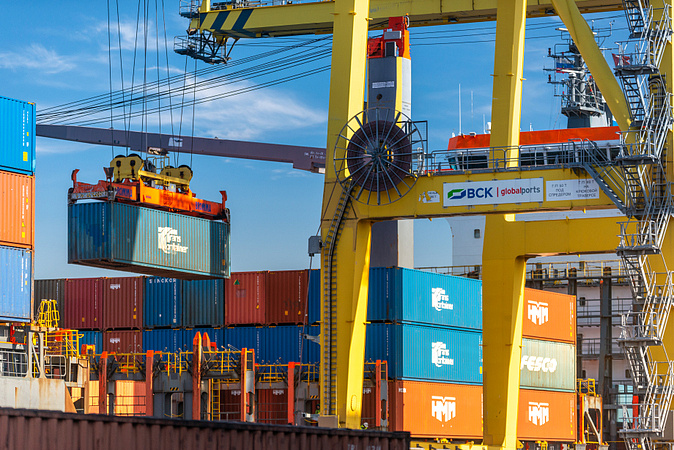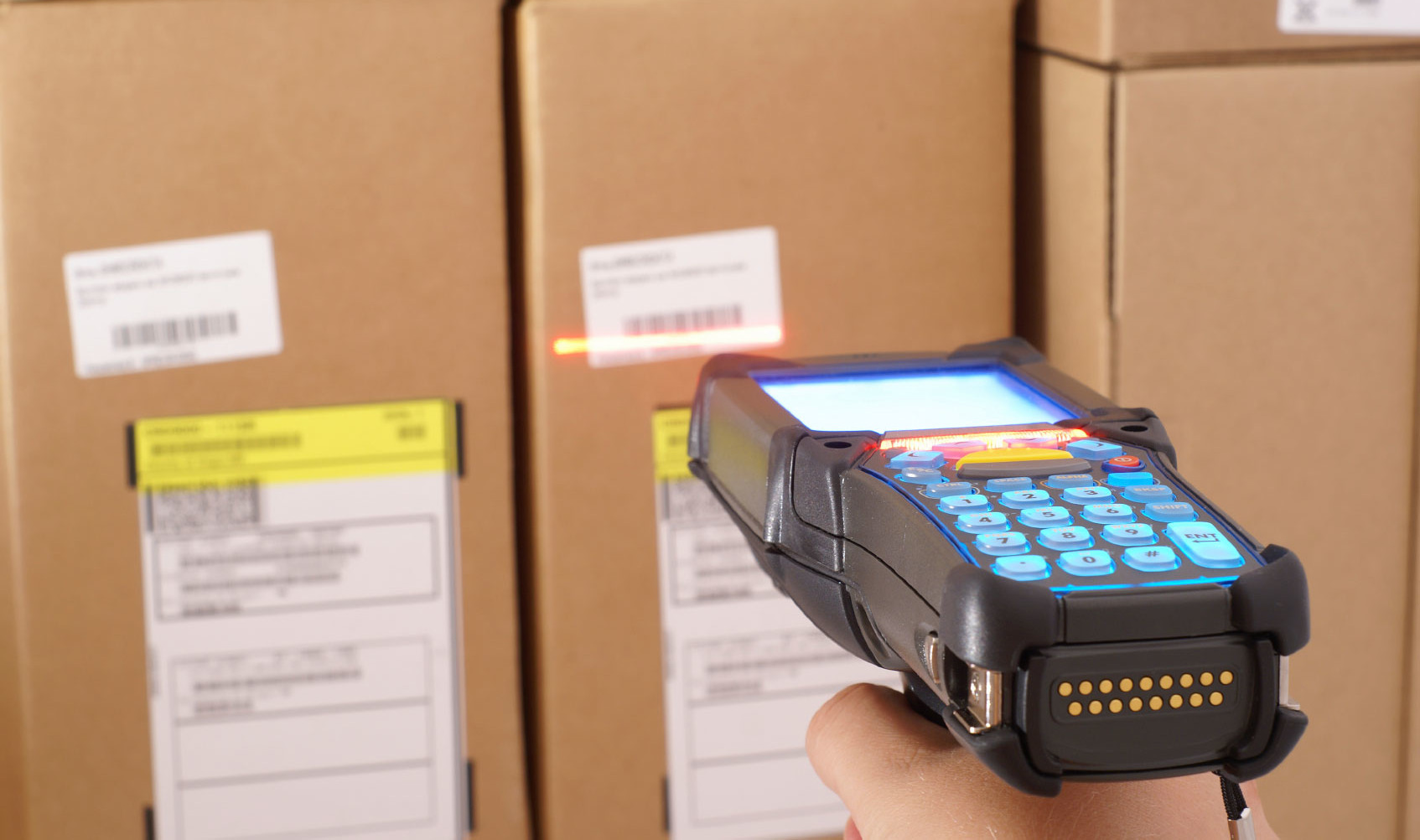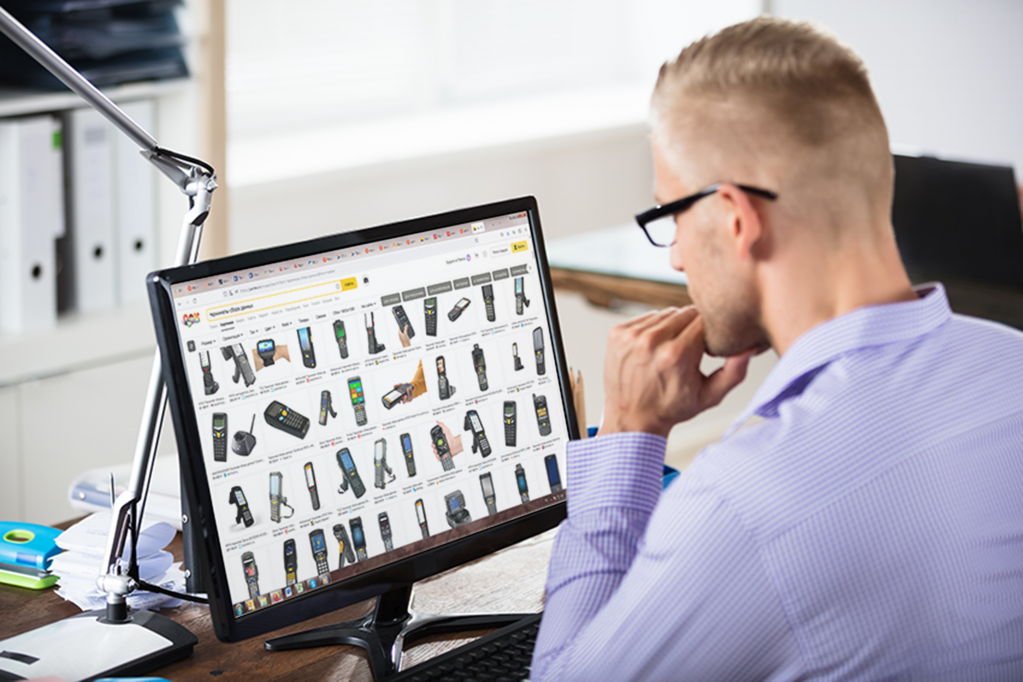





We have heard a lot about conscious approach during the personal shopping. For business this rule also works well in many sectors. This is especially true for investments in high technology dedicated to the business processes automation. Without adhering to a balanced and rational approach, as it is said in well-known proverbs, you can either buy cheaply and pay a high price for, or crack nuts with a microscope.
This is clearly demonstrated by such examples when a warehouse with refrigeration equipment purchases barcode scanners with fog screens at a temperature of -5° C that were not designed for work in such conditions. Or when the company buys an expensive conveyor, which has been operating at 20% of its full capacity for three years already, because the company has not so many orders from customers.
Why do such situations happen? How to choose Auto ID equipment and IT systems in order to get the maximum profit from investments in digitalization? We are delving deeper into this subject with SOLVO specialists on the system integration.
Based on their 25 years of experience in system integration, SOLVO experts have formulated three criteria that is worth sticking when searching for Auto ID solutions, software and hardware complexes and IT systems on the market.
1. Understand in all the smallest details what tasks the equipment or IT system you purchase will solve ultimately.
2. Be comprehensive and deeply involved into the business processes.
3. Make a good design of the physical and IT infrastructure of the enterprise.
It seems to be so simple, doesn’t it? However, let's try to go deeper into each of these rules.
There is no point in explaining extensively why it is important to understand production goals. It is important to foresee all the situations when you may need the purchased equipment. It's like buying a bike. Imagine that you buy a bike to travel around the city, and then it turns out that you travel to the mountains too. Naturally, a city bike is not suitable for riding in mountainous areas. The situation is similar with industrial equipment and IT solutions. And in order to understand which cases you will definitely need this technology for, go to step 2 – a detailed study of your company business processes.

“Once a company contacted us for advice on choosing a data collection terminal. We chose the best ones suited the required characteristics, but there was one nuance - the warehouse was cold storage, and its employees worked with gloves. These terminals had a standard size of buttons that were not intended for use with bulky gloves. In this case, warehouse employees would either hit two buttons with a glove at once, or they would be forced to constantly take off their gloves. This small detail could significantly slow down productivity, reduce the quality of work, and increase the number of errors during operations. Due to the fact that our customers had a good understanding of the business processes of their warehouse, we selected together with them more ergonomic terminals with the necessary functionality, characteristics and large buttons that were convenient to press with a gloved hand”, tells the SOLVO specialist.
The situation is similar with IT solutions.
In addition to business processes, you need to understand well another important issue related to the company infrastructure. You should study as best as possible the plans of your production facilities, the location and peculiarities of all communications, and much more.
“When you have Open Space, you can start guessing where to put the equipment, the racks, and so on. But when you start engineering, then you find out that a pipe cannot be laid to the south of the production area, because there is a thick wall, and wiring runs along the north wall. Therefore, it is better to start most projects with a survey, and only then proceed engineering and construction. Hardware location and IT architecture should be included in this plan at once,” the SOLVO representative explains.
He also notices that even if you have an operating production, and you know everything here well, it will not be superfluous to study the design project documentation. For example, you need to put self-check-in terminals near the checkpoint for truck drivers who visit your warehouse. To do this, you need to understand where it is more rational to place them both for purposes of business processes and industrial safety (study where the electrical wiring is located, the necessary sockets are, and so on), what the dimensions of the premises are and how many drivers on average arrive – it will help determine how many terminals you need in general.

In order to use IT technologies as efficiently as possible, you should outline the business processes that you want to automate in small steps.
Imagine that we are faced with the task of implementing contactless admission of visitors to the company’s territory. In this case, we need to describe step by step what actions the visitor will do.
Step 1. Registration of an application for a visit. First, there is the timing of the visit and the appointment. Then the visitor agrees on the visit, sends and prepares the necessary documents in advance.
Step 2. Registration at the checkpoint. The security checks the visitor's documents and confirms his identity.
Step 3 (If you have a hazardous production): instructing, exam / testing, getting overalls.
Step 4. Visiting the territory of the enterprise.
So, one visit to the company area includes four separate processes, which, if necessary, we can split into even smaller sub-processes.
“The stage of choosing equipment and IT systems comes only after all these preparatory actions. In the same case, with an automatic visit to the enterprise, we are not looking just for terminals information, but the terminals with certain dimensions that correspond to our layout. At this stage, we already understand for sure that the terminals will be located outside, and not inside the building. We consider the amount of purchased equipment based on the fact of how many drivers on average they have to take so that there are no queues. And so on”, concludes the SOLVO expert.
So when we split one large activity into many smaller ones, then we can see better which IT technologies can be used at each of these separate small stages. This approach helps to avoid mistakes at the design stage.
The SOLVO team of Auto ID and system integration is always ready to advise you on such issues.





